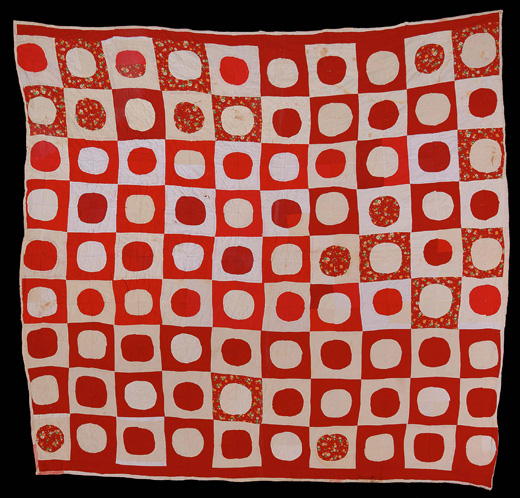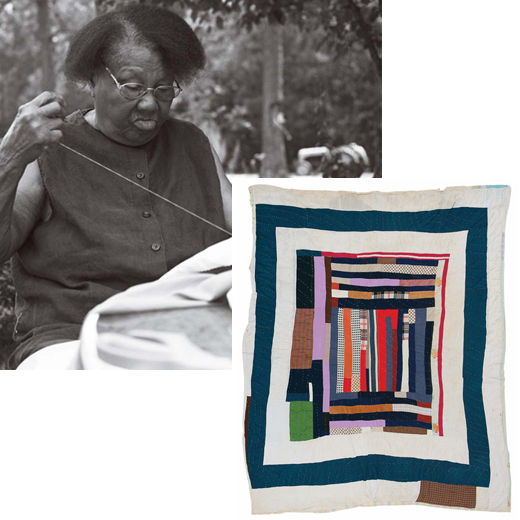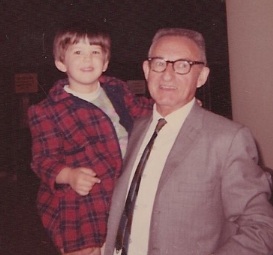They’re mesmerizing—these quilts of Gee’s Bend.
Created by hand in a small rural community nestled into a curve in the Alabama River southwest of Selma, dozens and dozens of stunning covers were pieced by women who mostly share the same last name—after Mark Pettway who bought the Joseph Gee estate in 1850. Following the Civil War the freed slaves took the name Pettway, became tenant farmers for the Pettway family, and founded an all-black community nearly isolated from the surrounding world.
I look at these vibrant creations—imagined by women with very little education, opportunity, or voice—and see bold statements of creativity and originality. As if the fabric celebrates, shouts, or mourns where the women cannot. Colorful patterns made from worn scraps, tracing a hard and distorted history.
My Grandpa was from Alabama. Left home, so the story goes, when he was 16, somewhere around 1917 I’d guess. Life must be pretty hard when you leave home at 16. He battled alcoholism much of his life. I think about him when I gaze at these textured quilts.
The women who craft these quilts consider the process of piecing the “top” to be highly personal. In Gee’s Bend it is always created by a quilter working alone and reflects her artistic vision. The process of “quilting” the quilt—sewing together the completed top, the batting (stuffing), and the back—is sometimes then done together among small groups of women.

Much like the trials and journeys we often face…we work it out on our own, in quiet. Then our friends come ’round and help us finish. Piecing the bits and scraps of our life together into something utterly stunning.

This gorgeous book, Gee’s Bend: The Women and Their Quilts (Tinwood, 2002), features many of the quilters, their stories, and creations. Beautiful in so many ways. What have you fashioned from the torn pieces of your life?
